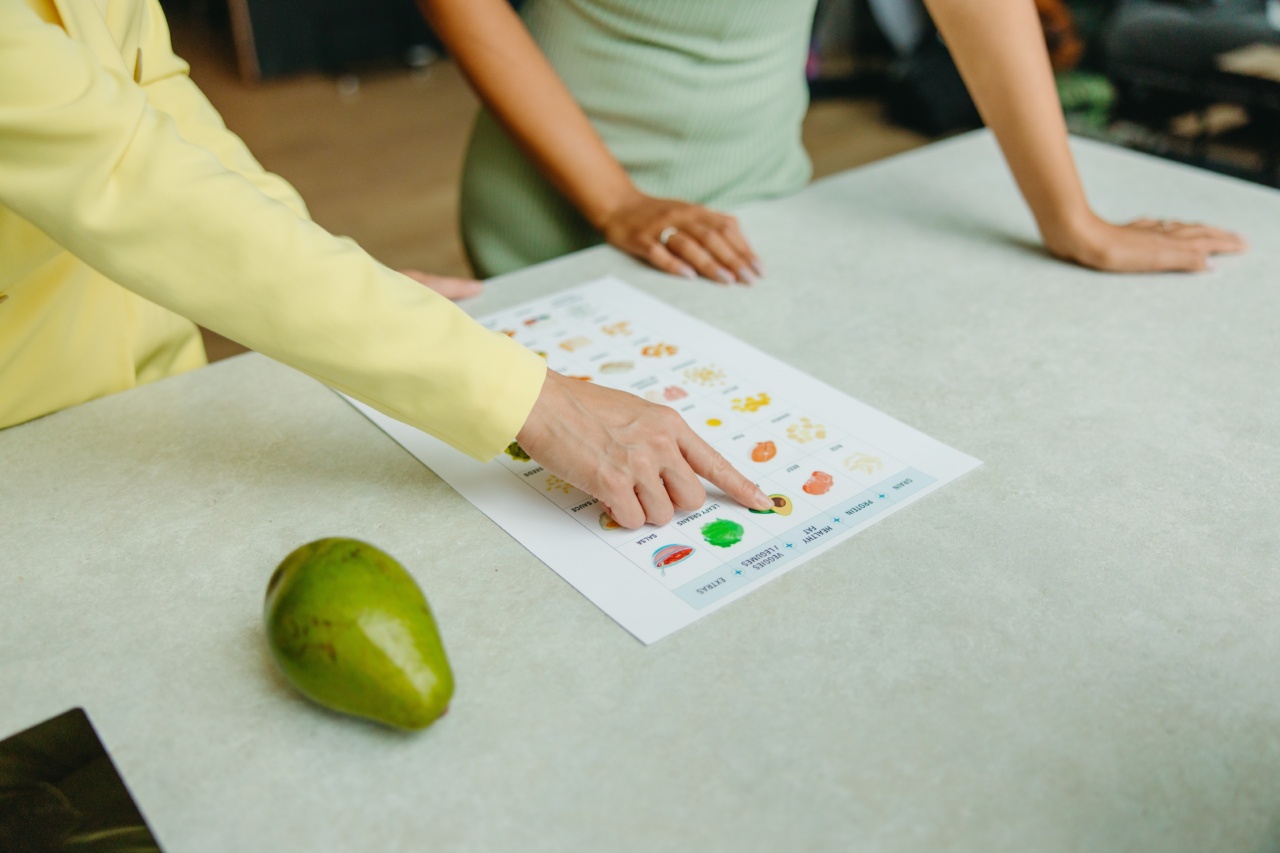Hypertension, also known as high blood pressure, is a condition that affects millions of people worldwide, including children.
Traditionally considered a disease of adults, hypertension is becoming increasingly prevalent among children due to various factors, including sedentary lifestyles and poor dietary choices. In this article, we will explore the link between diet and hypertension in kids, highlighting the importance of a healthy eating pattern in preventing and managing this condition.
What is Hypertension?
Hypertension is a medical term used to describe a condition in which the force of blood against the walls of the arteries is consistently too high.
This can put strain on the heart and other organs, leading to serious health complications such as heart disease, stroke, and kidney problems. Blood pressure is measured using two numbers – systolic pressure over diastolic pressure, usually written as systolic/diastolic (e.g., 120/80 mmHg).
Risk Factors for Hypertension in Kids
While genetics and family history can play a role in a child’s susceptibility to hypertension, lifestyle factors such as diet and physical activity are major contributors.
Poor dietary choices and lack of exercise can lead to weight gain, obesity, and ultimately, high blood pressure. Additionally, certain medical conditions and medications can also increase the risk of hypertension in children.
The Impact of Diet on Blood Pressure
The food we consume has a significant impact on our overall health, including our blood pressure.
A diet high in sodium, unhealthy fats, and added sugars can elevate blood pressure levels, particularly in children who may be more sensitive to these substances. On the other hand, a diet rich in fruits, vegetables, whole grains, and lean proteins has been associated with lower blood pressure levels.
Sodium and Hypertension
Sodium, commonly found in table salt and processed foods, is a major contributor to high blood pressure. Excessive sodium intake can lead to fluid retention and increased blood volume, causing the heart to work harder to pump blood.
Encouraging children to reduce their sodium intake by minimizing the consumption of salty snacks, fast food, and processed foods can help regulate their blood pressure.
The DASH Diet
One effective approach to managing hypertension in kids is to adopt the DASH (Dietary Approaches to Stop Hypertension) diet.
This eating plan emphasizes reducing sodium intake while increasing the consumption of fruits, vegetables, whole grains, and low-fat dairy products. The DASH diet has been scientifically proven to lower blood pressure in both adults and children.
The Role of Added Sugars
Consuming excessive amounts of added sugars, commonly found in sugary drinks and processed snacks, can lead to weight gain and obesity, which are risk factors for hypertension.
Teaching children to opt for healthier alternatives like water, unsweetened beverages, and whole foods can help lower their blood pressure and reduce the risk of developing hypertension.
The Importance of Healthy Fats
Not all fats are created equal, and certain types of fats can actually be beneficial for blood pressure. Healthy fats, such as those found in nuts, avocados, and fatty fish like salmon, are known to have a positive effect on cardiovascular health.
Encouraging kids to consume these healthy fats while limiting saturated and trans fats found in processed and fried foods can contribute to better blood pressure control.
The Role of Magnesium and Calcium
Magnesium and calcium are essential minerals that play a crucial role in blood pressure regulation. Diets low in these minerals have been associated with higher blood pressure levels.
Incorporating magnesium-rich foods like leafy greens, nuts, and seeds, as well as calcium-rich foods like dairy products or fortified alternatives, can help maintain healthy blood pressure in children.
Physical Activity and Hypertension Management
In addition to a healthy diet, regular physical activity is crucial in managing hypertension in kids. Exercise helps improve cardiovascular health, maintain a healthy weight, and lower blood pressure.
Encourage children to engage in activities they enjoy, such as swimming, biking, or playing sports, for at least 60 minutes per day to promote overall well-being.
Preventing Hypertension in Kids
Prevention is key when it comes to hypertension in children. Along with a healthy diet and regular physical activity, parents can take steps to create a supportive environment for their kids.
This includes offering nutritious meals and snacks, limiting screen time, promoting a positive body image, and being role models for healthy habits.
When to Seek Medical Help
If you suspect your child may have hypertension or are concerned about their blood pressure levels, it is important to consult a healthcare professional.
They can perform a thorough evaluation, including measuring blood pressure and assessing risk factors, to determine the best course of action.
Conclusion
As the prevalence of hypertension in children continues to rise, understanding the link between diet and this condition becomes crucial.
By adopting a balanced, nutrient-rich eating pattern and engaging in regular physical activity, parents and caregivers can help prevent and manage hypertension in kids, setting the foundation for a lifetime of good health.




























